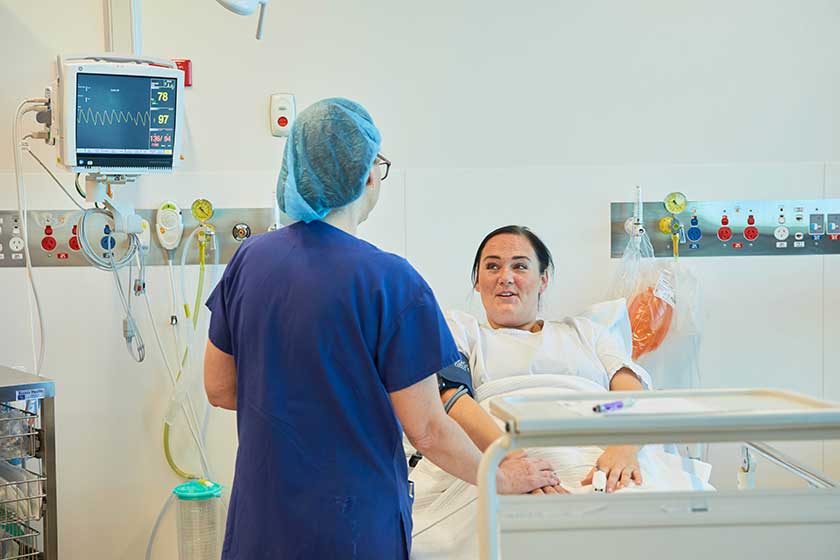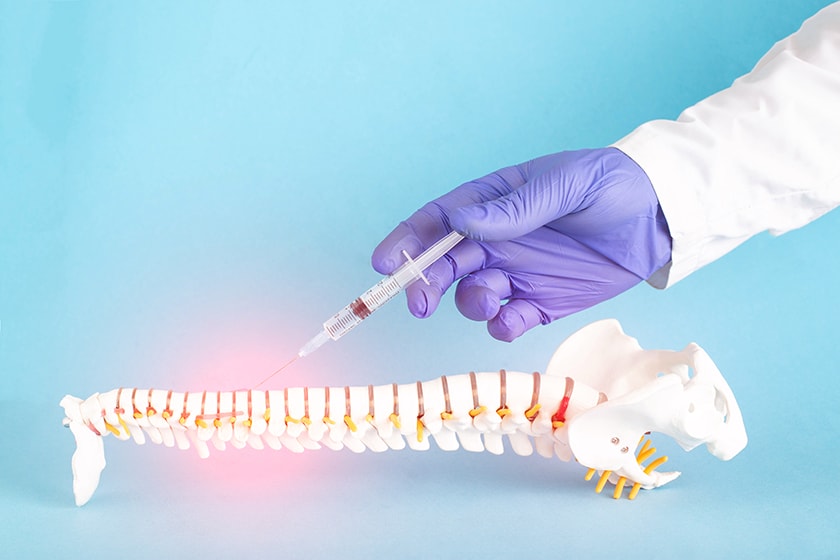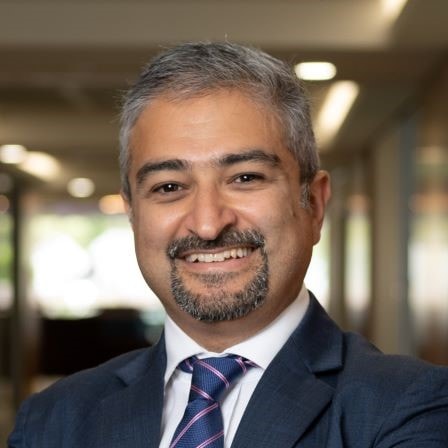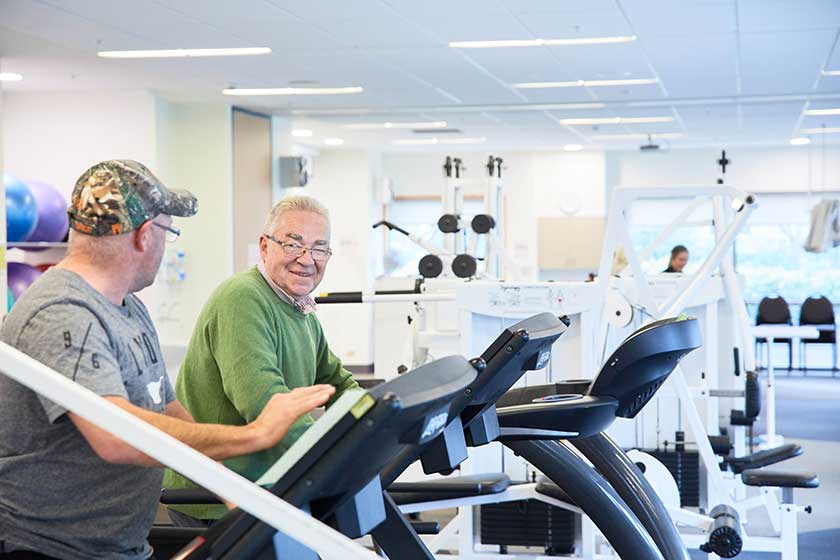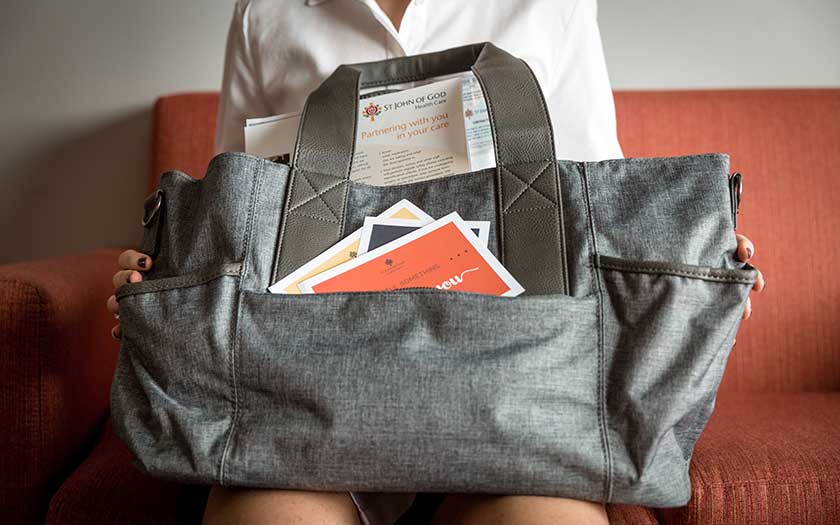We want to provide the best pain relief possible, both during surgery and afterwards, and to make patients as comfortable as possible.
The field of anaesthesia has taken great strides forward over the past thirty years.
With technological advances, we now have more precise anaesthesia, as well as new techniques and better drugs.
There’s also been a fantastic change in equipment – sophisticated video laryngoscopes with high resolution screens, ultrasound machines for nerve blocks and cardiac imaging intra-operatively, and processed EEG machines which monitor brainwaves to measure anaesthetic depth.
All of these factors have led to the reduction of side effects, improved safety and quicker recovery time for patients.
Types of anaesthesia
The type of anaesthetic you need depends on the procedure and for how long you need to be sedated.
Before, during and after your procedure, your anaesthetist will continually monitor your condition and adjust the anaesthetic accordingly.
There are four main types of anaesthetics.
General anaesthesia
You are in a state of controlled unconsciousness for the period of the operation with either injected or inhaled drugs. You will be attached to monitors to measure cardiovascular, respiratory, neuromuscular and central nervous systems activity.
General anaesthesia is used for the majority of significant operations, including orthopaedic, ENT, heart and bowel surgery.
Local anaesthesia
Drugs are injected at the site of the operation and can be used in conjunction with sedation or general anaesthesia.
If used alone, you will be awake for the procedure. However, once sedation is introduced (like a ‘very light’ or ‘twilight’ anaesthetic) you may not remember anything and may even ‘snooze’ during the procedure.
This type of anaesthesia is used for procedures such as cataract surgery or when the operating site is quite small, such as a skin cancer removal.
Regional anaesthesia
This can be more major regional anaesthesia, like that produced by epidural or spinal techniques (causing numbness from the waist area and below, or around the abdomen) or a peripheral nerve block where injections of local anaesthetic solution are made near a cluster of nerves to numb the appropriate area of your body extremity that requires surgery.
There is a broad range of uses for this technique including obstetric, gastrointestinal, gynaecological, and orthopaedic procedures.
Sedation
Sedation is used when anaesthetists do not want a complete loss of consciousness, sometimes to preserve the patient’s reflexes.
Drugs used produce a state of detachment, relaxation and tranquillity and the patient will have little or no recollection of the surgery.
Most report a dreamlike state that is not unpleasant. Often, patients fall asleep.
It is used for procedures such as colonoscopies and gastroscopies.
What to expect before surgery
Before you have surgery, you will have a pre-operative assessment. During this, your anaesthetist will look at your health history, previous anaesthesia experiences and discuss your options with you.
Fasting before surgery is necessary to ensure that your stomach is empty. Food or fluid in the stomach may be regurgitated during anaesthesia. If inhaled, this could result in serious lung damage.
In most cases, you may eat normally for up to six to eight hours before surgery. Make your last meal before surgery a light one. After this you may have small amounts of clear fluids until two hours before surgery, or until two hours before admission to hospital.
Continue to take all regular medication up to and including the day of surgery. There are some exceptions like blood thinners but please discuss with your anaesthetist.
Bring all your current medications with you to hospital.
Do not smoke or drink alcohol.
Tell your surgeon or anaesthetist about any health problems or allergies.
Risks and complications
Side effects of anaesthesia such as nausea, vomiting, drowsiness, headache, sore throat, muscle aches, bruising and pain at the site of injections or surgical site are minor and temporary but common.
Serious complications, such as severe allergic reactions, heart attack, stroke, major nerve or blood vessel injury and organ damage are fortunately very rare.
Sensation or awareness during surgery is possible but very rare. The risk is highest in emergency procedures but extremely unlikely in elective surgical procedures. It is a very common fear and you will feel reassured after discussing this with your anaesthetist.
With sedation or twilight anaesthesia you may be aware at times or feel sensations but this is normal and you will not be uncomfortable.
Infection from anaesthesia is extremely rare.
What to expect after surgery
When you are in the recovery room, your anaesthetist will continue to monitor your condition and arrange pain relief, intravenous fluids and analgesic drugs (pain killers) as required. Oral medication will be prescribed to take home for pain relief.
Going home
After your anaesthetic or sedation, you must have an adult accompany you home and remain with you until the next day. Your judgement may be impaired so do not drive, operate machinery or other potentially dangerous appliances or sign any legal documents. Rest quietly.
You may eat and drink what you like, unless your surgeon instructs otherwise. It’s best to commence with clear fluids and progress to light foods. Do not drink alcohol for 24 to 48 hours after your anaesthetic.
If you are at all concerned, don’t hesitate to contact your hospital, surgeon, anaesthetist or GP.

